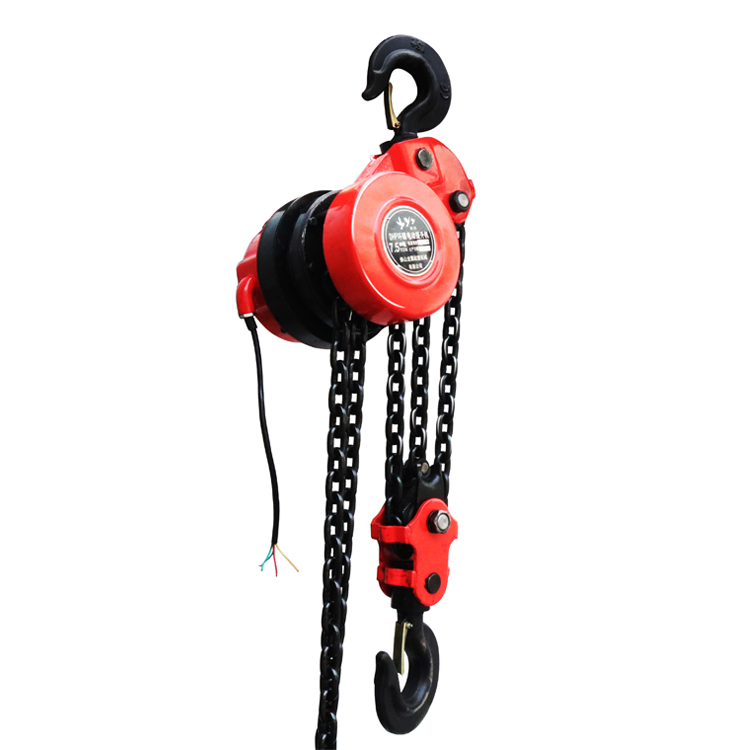How to operate the grounding and insulation of electric hoist?
Generally, the so-called voltage refers to taking the ground potential as zero, and the potential difference relative to the ground potential is called voltage. In addition, current generally has the nature of flowing into the ground. No matter how much current flows into the ground, the ground can absorb endlessly. Therefore, it can be considered that the ground potential always remains at zero.
Generally, the electrical appliances on the crane have good insulation and will not leak electricity. When motors and other electrical appliances are poorly insulated, currents such as through their shells will pass to the earth. At this time, if the resistance between the shell part and the ground is relatively large, and it is difficult for the current to pass, when a person standing on the ground touches these electrical shells, the current flows into the ground through the person, causing an electric shock accident.

For safety reasons, wires must be used to connect the shells of these charged objects to the ground, and the conductive wires of the wires must be good, so that the potential of the shells of these charged objects is almost the same as the earth, and there will be no electric shock even if people touch them. The form of connecting the housing of an electrical device with the ground with a wire is called grounding. The grounded wire is called the ground wire.
The rubber insulated cable of the hoisting crane's flashlight door may be aging, broken and leaking. Therefore, it is necessary to check whether the grounding of the flashlight door is perfect. The electrical appliances on the electric hoist crane are directly grounded due to the metal structure of the crane, so care must be taken to check that the connecting bolts of each part are not loose, and the necessary parts should be bridged.